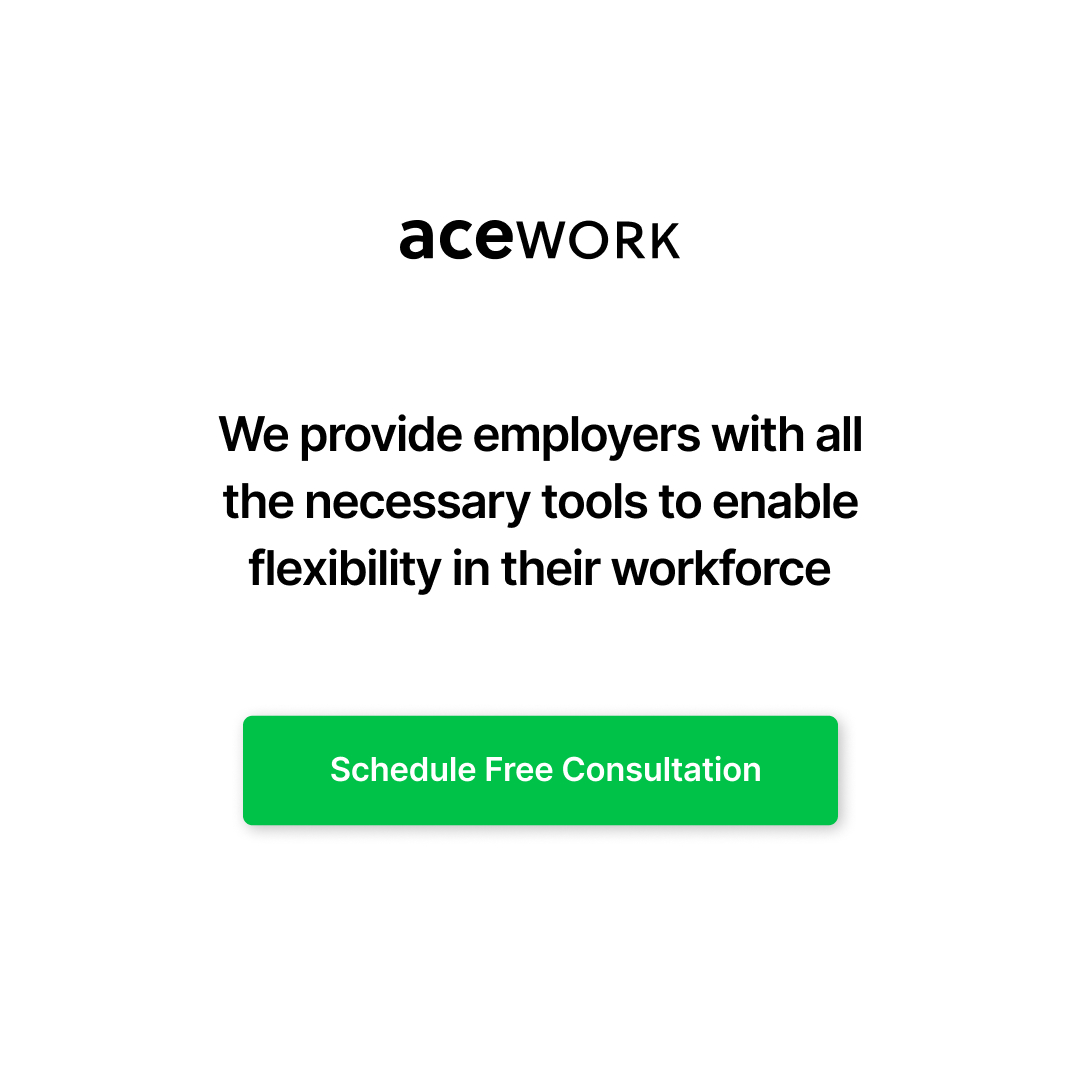With an increased awareness of the Black Lives Matter (BLM) movement since George Floyd’s brutal death in May and June being Pride Month, the importance of diversity and inclusion (D&I) is more prominent than ever. While D&I should be an ongoing effort at companies, now is the time to reevaluate what’s been done. This will identify factors that will ensure a diverse and inclusive remote workforce. We must do better.
The five most common types of discrimination are; race, sexual orientation, gender, age, and disability.
One may assume that there is no or less discrimination in distributed companies as hiring and everyday work are all done remotely. While it is true that location-independence can foster diversity and inclusion, it would be dangerous to think that D&I automatically comes with remote teams. .The physical distance between team members may even hide biases or judgements, and make equal visibility and opportunity more challenging.
For remote employers, it’s important to remember that a diverse team comes with a number of benefits. These include increased creativity and productivity thanks to multiple talents and skill sets working together. Different backgrounds and experiences mean everyone has unique views and opinions which are crucial in any company to identify discrepancies or build new ideas.
So how can companies ensure a diverse and inclusive remote workforce?
1. Embrace values that attract diverse applicants
If you’re a diverse company, you’ll attract a diverse workforce. This can be seen with one of the biggest remote companies – Automattic.
“We believe that the more perspectives we embrace, the better we are at engaging our global community of users and developers…We see inclusion as the ongoing, conscious effort to celebrate differences and welcome people of different backgrounds and life experiences, whether they’re current or prospective employees, partners, or users of our software.” – Automattic’s D&I statement
As the first step, every company can include a section for diversity and inclusion in their values, and implement them. Candidates look at company values to determine if the company is generally right for them, and D&I has become one of the key factors why people apply to companies.
2. Reduce the impact of unconscious bias in hiring and leadership

Hiring a diverse set of candidates is the first step to a diverse workforce. However, it is no secret that most industries still see an overwhelming number of white men in leadership positions, especially in technology. Statistics show that in the U.S. there are more CEOs named John (5.3%) or David (4.5%) than there are female CEOs (4.1%).
To change the hiring process that it will result in a more diverse team, we’ve identified three key steps to follow.
- Identify and understand existing hiring prejudices. Unconscious biases are hard to beat precisely because they are often not openly visible. Understanding where we are, or can be, biased is the first step to eliminate them.
- Improve your job postings based on your findings, as well as general best practices for eliminating bias. For example, wording can be gendered, so it’s important to use neutral terminology and find a balance between both. Tools like Textio can help.
- Lastly, as HR or recruiting lead you can level the playing field by leaving the names, age, and gender off the application when passing them on to the hiring manager. At least in the initial stage, you make sure hiring managers select applicants for their abilities and experience.
Read our key strategies for more inclusive recruitment for remote teams here.
3. Encourage and support all employees remotely
Amplifying and encouraging the voices of employees means investing in employee engagement and and to eventually achieving equity amongst all members of a diverse workforce. Equity is different from equality, read about the difference here. Equity is the state in which all employees have equal opportunities, which means some will need more support than others. This can be in the form of equal pay, learning and development opportunities, and equal chances for promotions, amongst others.
Creating equity in a remote organisation can be particularly difficult, since distributed companies usually must consider even more diverse backgrounds, living situations, cultural heritage, and so on than their on-site counterparts. Pay special attention to all different facets, and ensure you continuously collect feedback from all employees.
??? Convince Your C-level Execs of a Flexible Workforce. Download actionable guide for HR Leaders ???
4. Promote a workplace culture of respectful communication and acceptance

A positive workplace culture comes from respect and acceptance. Like the age-old saying “Treat others how you want to be treated.” The basis of good communication comes from understanding and respecting each other. As we’ve mentioned before, a healthy workplace results in productivity and motivation, which both comes from mutual respect.
Some actionable steps to promote workplace respect and acceptance include:
- Listen to what people have to say before expressing your opinion – not everyone has the same views so it’s much better to accept and learn in areas that may not be your expertise such as LGBT Rights or Black Lives Matter.
- Avoid patronizing or judging your colleagues or customers. Everyone is equal so it’s important to understand each other’s differences.
- Look at who is currently participating in meetings. Make sure you don’t exclude people for the wrong reasons. Inclusion also means to ensure you hold meetings at times that work for everyone.
5. Pay more attention to the Multigenerational Workforce
Managing a multigenerational workforce can be tricky and ageism remains a problem. Age discrimination, for both being young or old, can come in many forms. For older employees, they may experience that learning and development opportunities are passed on to younger employees. Different companies may favour specific age groups for promotions or challenging assignments. A tech industry study by Indeed shows that 43% of employees worry about losing their jobs due to their age.
Not just Baby Boomers and Generation X experience discrimination but Gen Z does as well (which is why all are protected under the Equality Act). How can we pay more attention to the multigenerational workforce – those both young and old?
The first step is understanding that every generation works differently. Lindsey Pollaks’ interview with Forbes shares insight to the different working habits of each generation. Some key points include; be more understanding, assume their best intentions, be clear with expectations, and find a communication style.
- Everyone is different and age specifically contributes to communication style. For example, Gen Z will answer straight away to a text rather than a call, but a Baby Boomer is the opposite.
- Ensure fair promotion policies instead of a tenure policy for promotions. Develop a fair promotion process such as giving promotions to those ready and have reached maximum potential in their current positions. A great example of this can be seen at Hilton. Their employee demographic is equally diverse in both generation and tenure. Employee satisfaction is at 96% thanks to equal treatment and opportunities for everyone in every position. In the remote work world, you can implement this the same way by offering promotions based on output and engagement instead of age or background.
6. Set metrics and KPIs

Tracking and measuring recruitment KPIs are crucial in understanding which strategies are effective and which need adjusting. Including D&I KPIs in your recruiting and HR metrics can help you uncover hidden biases. They can point out areas where you need to improve. This is different from installing any form of quota, which is a controversial topic in itself.
An important aspect to monitor in your diversity and inclusion effort is the so-called adverse impact.
What is adverse impact?
“Adverse impact refers to employment practices that appear neutral but have a discriminatory effect on a protected group. It may occur in hiring, promotion, training and development, transfer, layoff, and even performance appraisals. (…) Adverse impact occurs when a decision, practice, or policy has a disproportionately negative effect on a protected group, even though the adverse impact may be unintentional. ” (Source: SHRM, June 2020)
You can determine adverse impact by using the Four-Fifths Rule or otherwise known as the 80% rule. This works for different protected groups within race, sex, age, religion disability status, and veteran status.
The guidelines by eeoc.gov explain it as follows;
“Adverse impact is determined by a four-step process.
- Calculate the rate of selection for each group.
- Observe which group has the highest selection rate.
- Calculate the impact ratios, by comparing the selection rate for each group with that of the highest group.
- Observe whether the selection rate for any group is [80% or]less than the selection rate for the highest group. If it is, adverse impact is indicated in most circumstances.”
For example, you decide to examine the adverse impact in recruiting.
To know if there is an adverse impact towards women getting invited to the first job interview you will have to calculate the percentage of both men and women getting invited. Let’s say 2% of men, and 1.5% of women are invited to interview. Men are the group with the highest selection rate. To calculate the impact ratio, you divide the selection rate of women (1.5%) by one of the men (2%), which yields 75%. Since this is lower than the threshold of the Four-Fifths Rule, it appears that women are adversely impacted in the selection process.
Governments and commissions (such as the EEOC in the United States) are dealing with discrimination in the workplace by establishing laws and guidelines. However, companies still have an individual responsibility to actively counteract discrimination beyond what is legally required. In addition, it cannot be stressed enough that this is a continuous effort requiring commitment from all levels of the organization.
Promoting an inclusive and diverse remote workforce
Implementing the steps above to ensure equality isn’t just a trend to follow. Instead, they are measures to promote inclusivity and diversity year-round. As a person in management or HR, understand and adapt to create a more equal workforce. Making sure minorities have the same opportunities for growth, learning, and development is crucial in maintaining talent – especially when people are remote.

At acework, we enable businesses to build their successful distributed workforce. We support you with tailored remote work programs and remote talent for your open positions. Our advisory creates actionable strategies for companies based on their culture, processes, and business needs. Schedule a free strategy session to start building your high performing distributed team.
If you’re looking to hire top vetted remote talent, Register your company and start hiring here.






